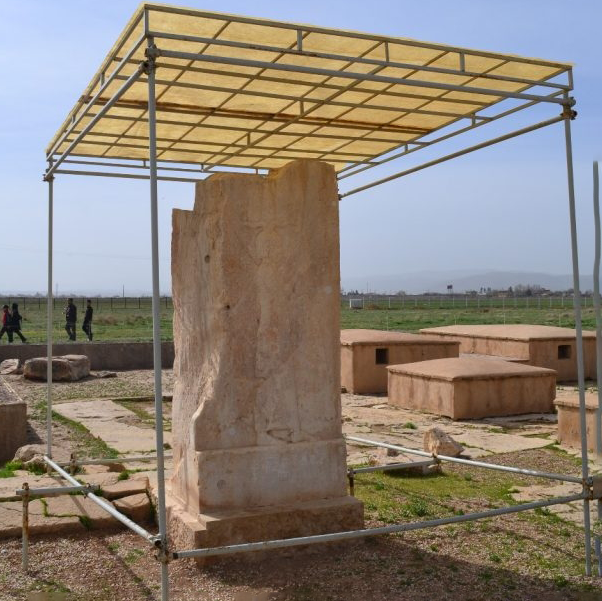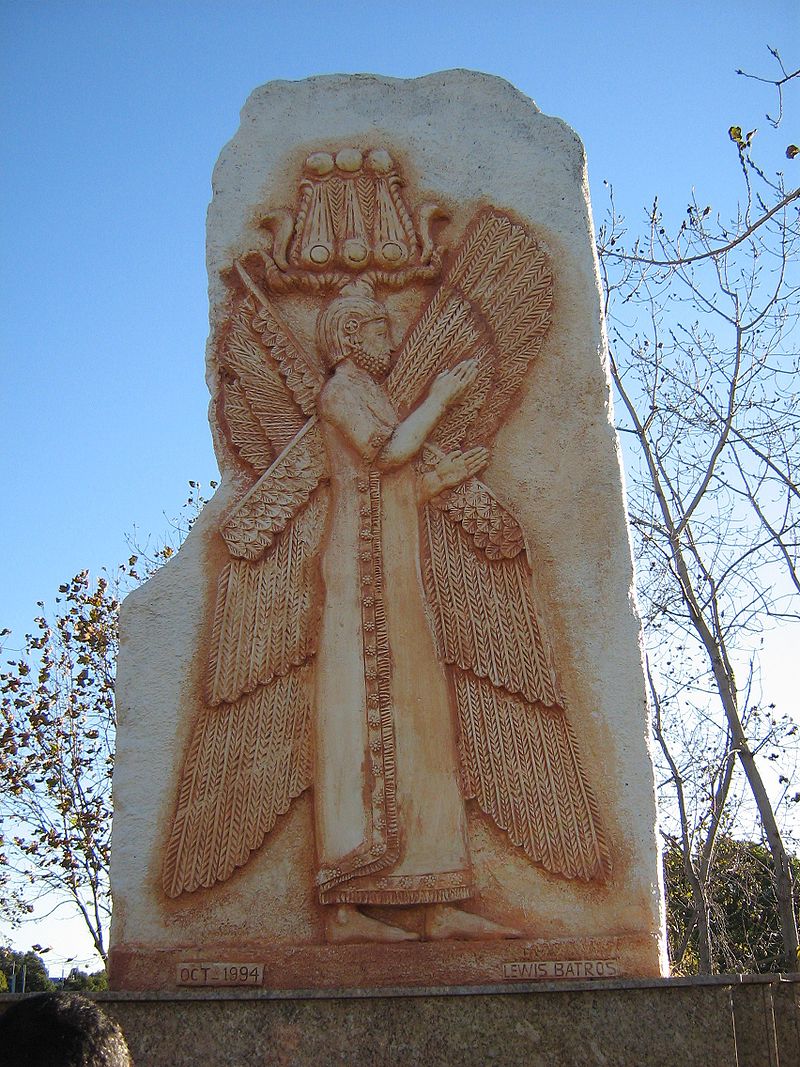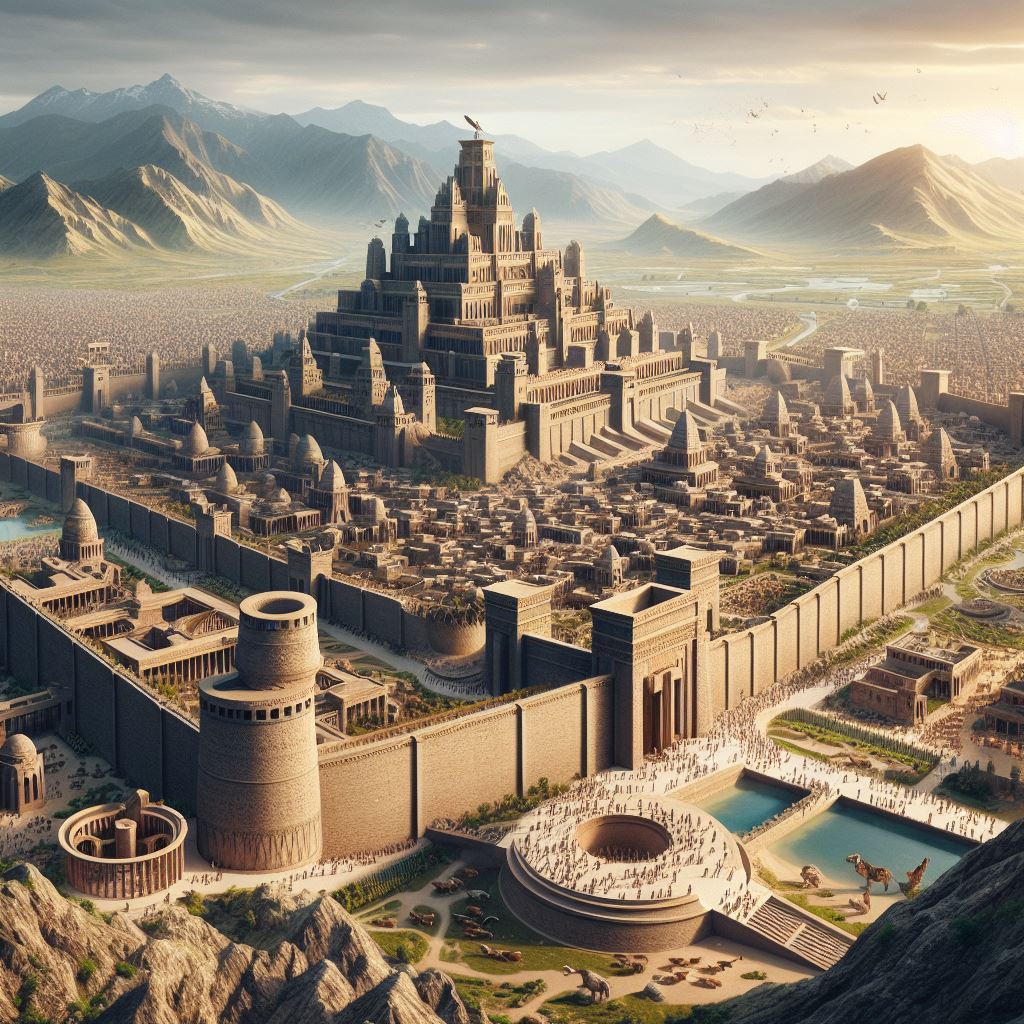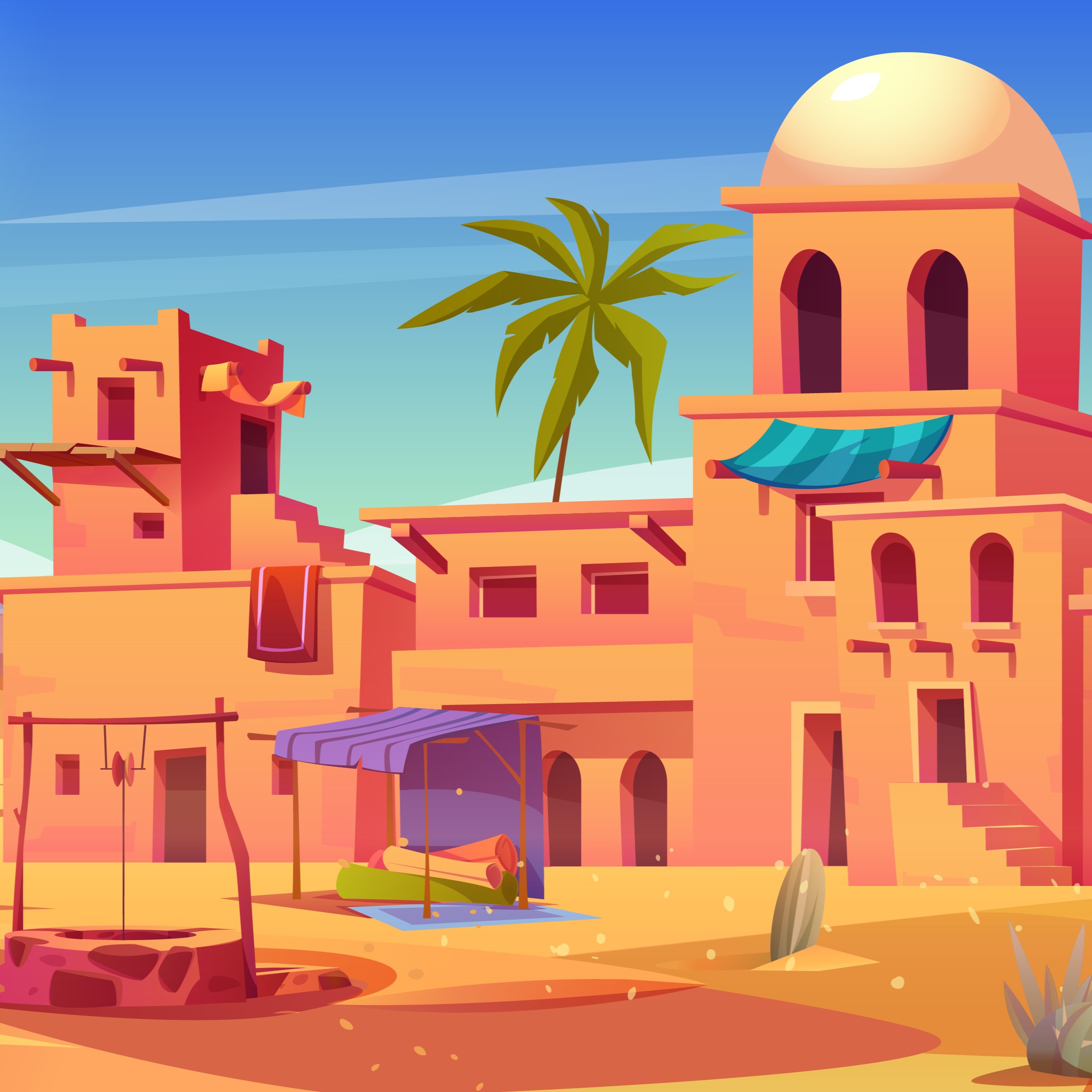A (King) man who was great in personality and always helped people in every aspect.
One of the beautiful and very attractive Quranic stories can undoubtedly be Dhul-Qarnayn and his personality! He is introduced in the Quran as a righteous and just person who was chosen by God and had abundant facilities from God. But who he was exactly has been a matter of debate for many years. The Quran calls him Dhul-Qarnayn. Dhul means owner or possessor and Qarn means horn (or age in some sources and in some languages crown) and since it is in the second form (dual) in Arabic, it can be inferred that Dhul-Qarnayn means a person who has a two-horned crown (or a person who has two ages) which is more correct to be two-horned.
Dhul = owner, possessor
Qarnayn = two horns (or two ages, or referring to two sides)
A person who has a two-horned crown
(Or a person who has two ages? Or a person who has a civilization that covers both sides of the earth?) Anyway, the owner of a two-horned crown is more correct in the sources.
But although the Quran introduces him with features and signs, the personality of Dhul-Qarnayn is still a matter of debate.
The characteristics of Dhul-Qarnayn
- He was a believer in God.
- He was righteous and very just.
- He believed in the hereafter and the resurrection.
- He was looking for solving the problems of the people and solving their problems.
- He was chosen by God and therefore had abundant knowledge and facilities and used this knowledge for the welfare of different nations.
- He had three trips and took control of the east and west.
- He designed and built an iron-copper barrier with his divine knowledge and is known as the barrier of Dhul-Qarnayn.
- He had a kingdom and a monarchy (like Prophet Solomon)
- He designed and built an iron-copper barrier with his divine knowledge and is known as the barrier of Dhul-Qarnayn.
- He was acceptable and respected by the nations, so he was an important and noble person.
- The travels and facilities of Dhul-Qarnayn

The travels and facilities of Dhul-Qarnayn
According to the above verses, it is clear that he was a very just person and in his first trip to the west he also faced an oppressive people who God gave him the choice of punishment or forgiveness. But the point that we see in these verses is clearly stated that: "We said to Dhul-Qarnayn" and from this it can be inferred that from God's side he was either inspired or revealed. But whether this great person was a prophet or not is still a matter of debate. (But he was chosen and righteous and sent by God to spread justice in civilizations)
After the west of the earth and the revival of justice there, he set off again and reached the east of the earth. According to the verses and the fact that those people in the east of the earth did not have a canopy, it was probably a desert area or had a low civilization and science and did not know the science of sewing clothes or tents and canopies.
But he reached between two mountains in the continuation of his journey after the east of the earth. But he finds a people who do not understand anything, in fact it is inferred that they either did not have a civilization and culture or no one knew their language, but again it is clearly stated in the verse that they said to Dhul-Qarnayn, meaning that either they spoke to him with gestures or Dhul-Qarnayn was the only one who knew their language! But the people of Ya'juj and Ma'juj are wild and corrupt people and at that time they harassed and harassed many tribes behind the two mountains.

He built a strong barrier that no one could make a hole in it. He also believed in the resurrection very much. He knew this knowledge from God and did not receive any money or tribute for it But who was he who was called Dhul-Qarnayn?
who is Dhul-Qarnayn?
He has been a matter of debate for a long time and different people have been examined for this title (such as Cyrus the Great, one of the rulers of Yemen, one of the emperors of China, Alexander). But among all these opinions, Cyrus the Great has the most compatibility with Dhul-Qarnayn (and the rest of the people are far from the signs). Because he unified the civilizations of the east and west. He first conquered the west (the conquest of Babylon without war and bloodshed and the salvation of the Jews and also the conquest of Lydia, which at the end of the verses that refer to the dark and muddy springs, probably refers to the bays and waters of the Black Sea or the Dardanelles Strait) He was also a just person and also a barrier in the Caucasus mountains called Cyrus. But the most important document is the relief of Cyrus in Pasargadae, which has two large horns on his crown. Therefore, it is likely that Cyrus the Great could be Dhul-Qarnayn. According to verse 99 of Surah Al-Kahf, one of the signs of the resurrection is the breaking of the barrier of Dhul-Qarnayn. At the beginning of the verses (Al-Kahf verse 83) it is said that they ask you about Dhul-Qarnayn, from which it can be inferred that some people, especially from the People of the Book, knew about Dhul-Qarnayn at that time and probably wanted to test the prophet. Also, his description is mentioned in other holy books.



klsjuidhfasdgh.png)
klsjuidhfasdgh.png)
klsjuidhfasdgh.png)
klsjuidhfasdgh.png)
klsjuidhfasdgh.png)

klsjuidhfasdgh.png)
klsjuidhfasdgh.png)
klsjuidhfasdgh.png)